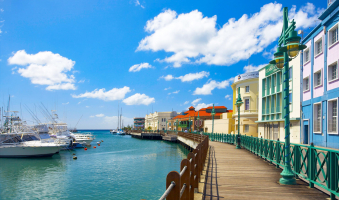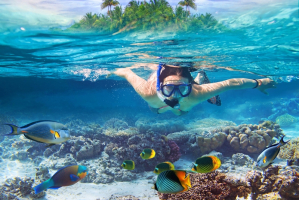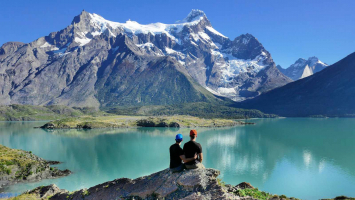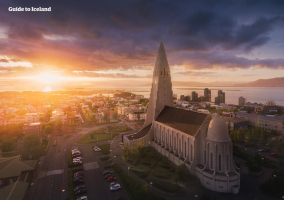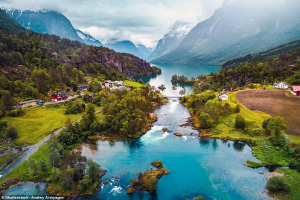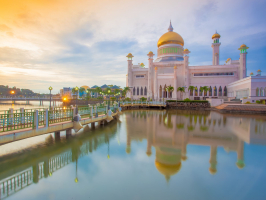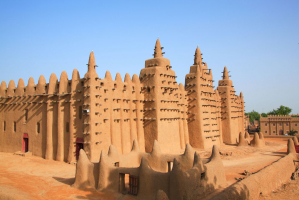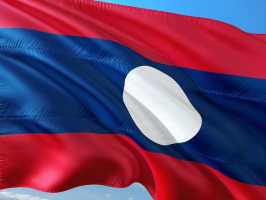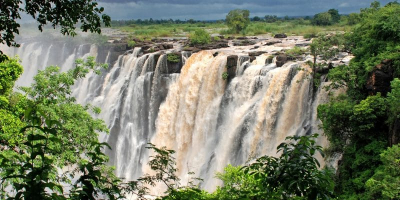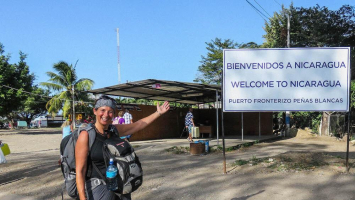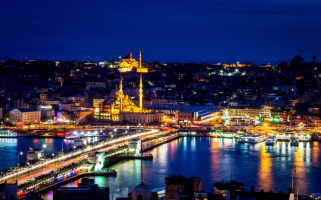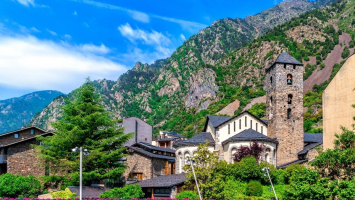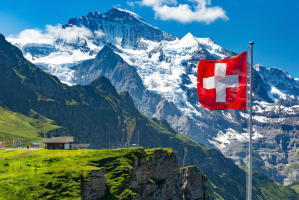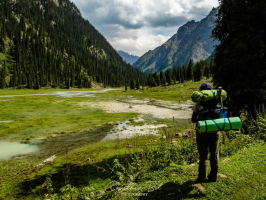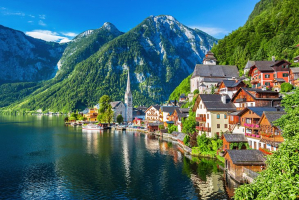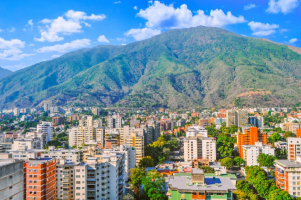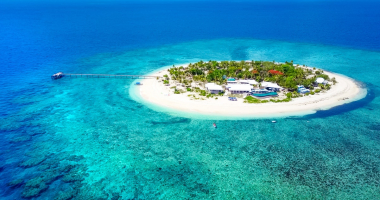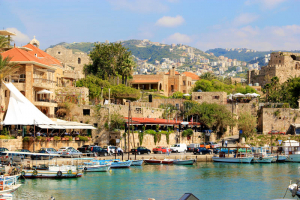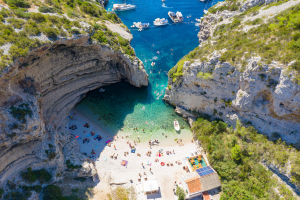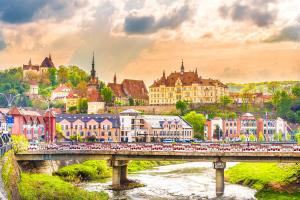Top 8 Things About Cuba You Should Know
Cuba is an enthralling nation. It has long been a location of interest and beauty, from its history to its natural beauty. Visitors visiting the island always ... read more...have stories to tell and good experiences to share. While there are dozens of interesting facts about Cuba, here are some Things About Cuba You Should Know before traveling.
-
Cuba's main island is little more than 40 thousand square miles in size, around half the size of the United Kingdom. It is the world's seventeenth biggest island. Aside from the main island of Cuba, there are 400 other islands, islets, and keys that are part of Cuban territory. Cayo Coco, Cayo Largo, and Cayo Santa Maria, for example, have become popular vacation locations due to their immaculate beaches.
Cuba has a total area of 110,860 km2, which includes coastline and territorial seas, and a land area of 109,884 km2. This places it as the world's eighth largest island country. The main island (Cuba) contains 5,746 kilometers of shoreline and 28.5 kilometers of land boundaries, including US territory at Guantánamo Bay, where the US Navy's Guantánamo Bay Naval Base is situated.
Cuba is located west of the North Atlantic Ocean, east of the Gulf of Mexico, south of the Florida Straits, north of the Windward Passage, and northeast of the Yucatán Channel. The main island (Cuba) covers the majority of the land area (104,556 km2) and is the world's seventeenth-largest island by land area.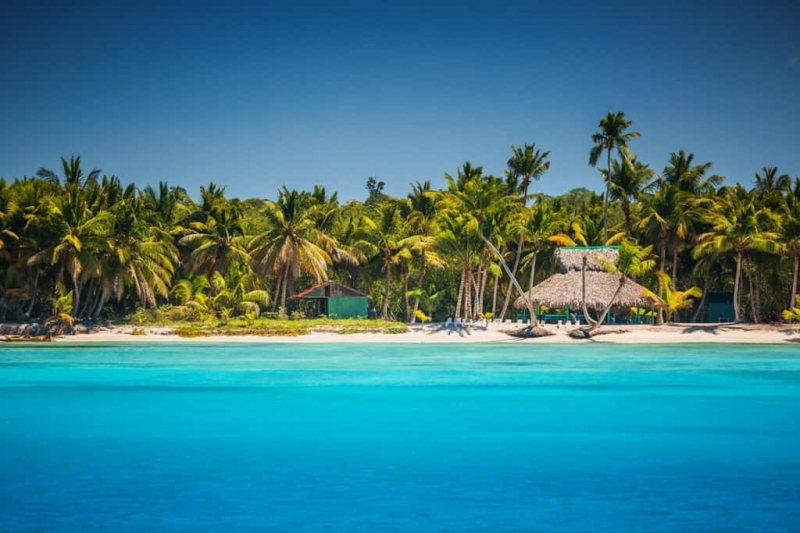
travelpassionate.com 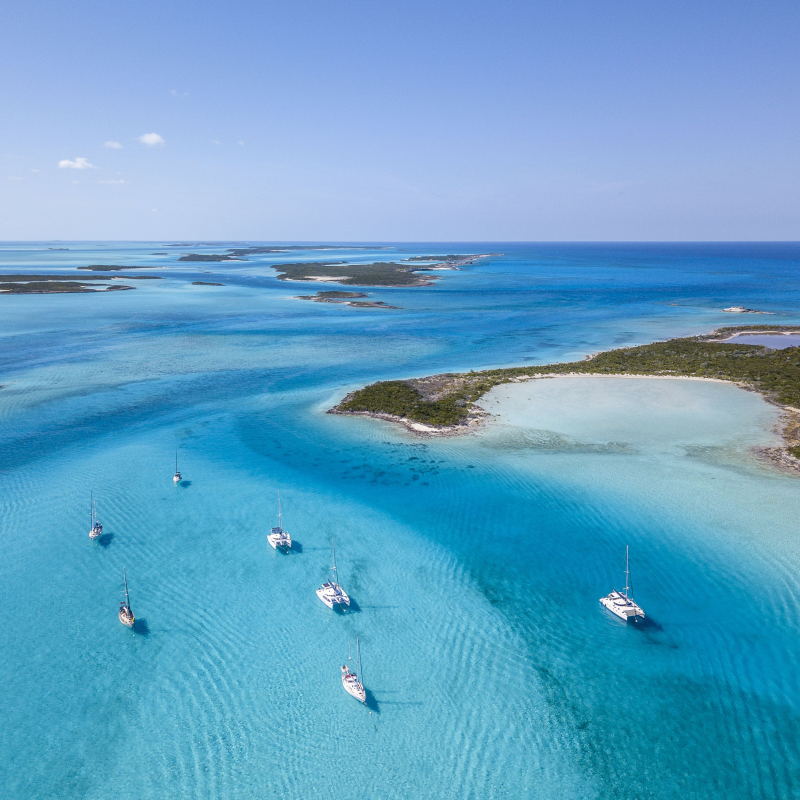
travelpassionate.com -
Due to its lengthy coastline, Cuba has roughly 200 bays and 250 beaches. Because of its long, thin shape, it is never far from the sea, no matter where you are in the nation. With so much coastline and a balmy Caribbean climate, it's no surprise that Cuba has become a popular vacation destination. Many of the beaches are frequently listed among the greatest in the world. For example, Varadero's beach placed second in the world in Trip Advisor's "Traveller's Choice 2019" awards.
Currently, 25% of Cuba's marine waters are protected (compared with 1.29 percent in the continental United States, or 16.3 percent if U.S. offshore territories are included). Approximately 80% of the country's national park land is set aside for protection. The remaining 20% is designated as "sacrificed land," where recreational activities such as camping, fishing, and hiking are permitted. Even there, entry is restricted, and a guide is frequently required.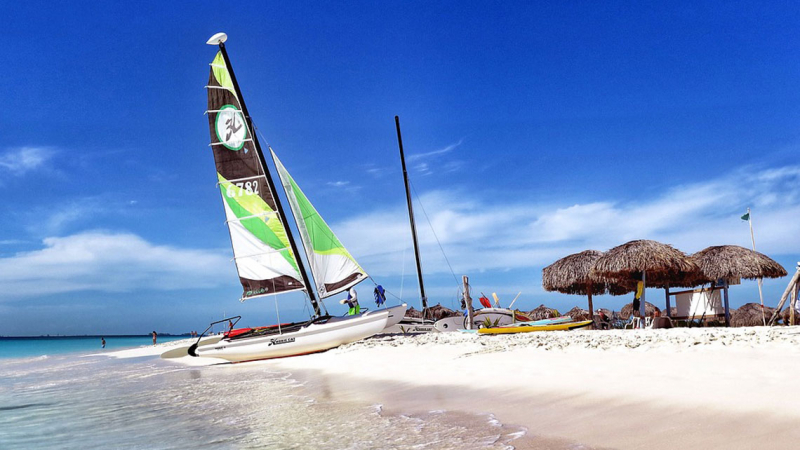
directbooking.ro 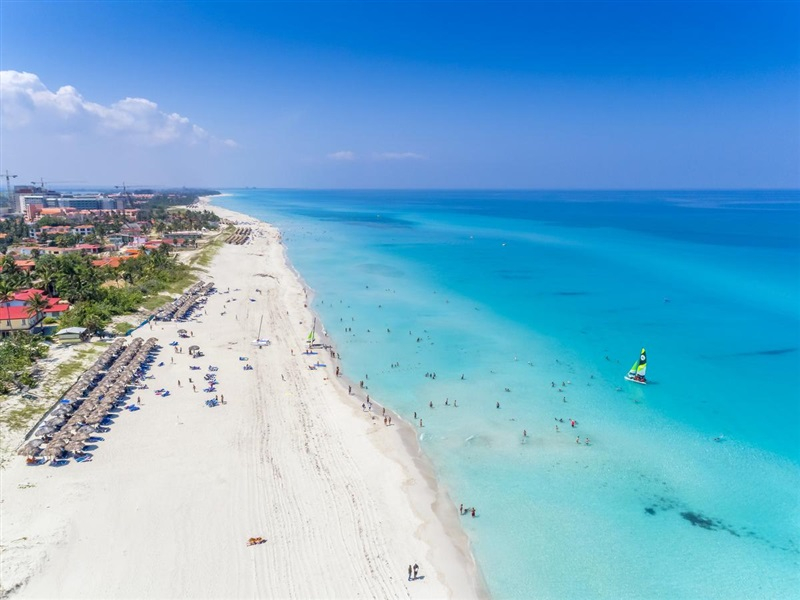
directbooking.ro -
The most popular sport in Cuba is baseball. That is one of the Things About Cuba You Should Know. Baseball is said to have originated in Cuba in the 1860s. Historians argue about its emergence on the island: it has been attributed in part to American sailors who moored on the island, and in part to Cuban students coming home after attending schools and institutions in the United States. The sport was prohibited on the island by the then-Spanish rulers of Cuba in 1869, which is said to have given it a boost since it became emblematic of the battle for freedom and independence from Spain. The prohibition did not last long, and the first formal games were held in 1874.
It had become the most popular sport in Cuba by the early 1900s, and it still is today (though if dominoes were to be categorised as a sport, then it would be a close call). Cuban baseball is played both formally in stadiums and informally in parks and side streets. Games are also shown on Cuban television on a regular basis.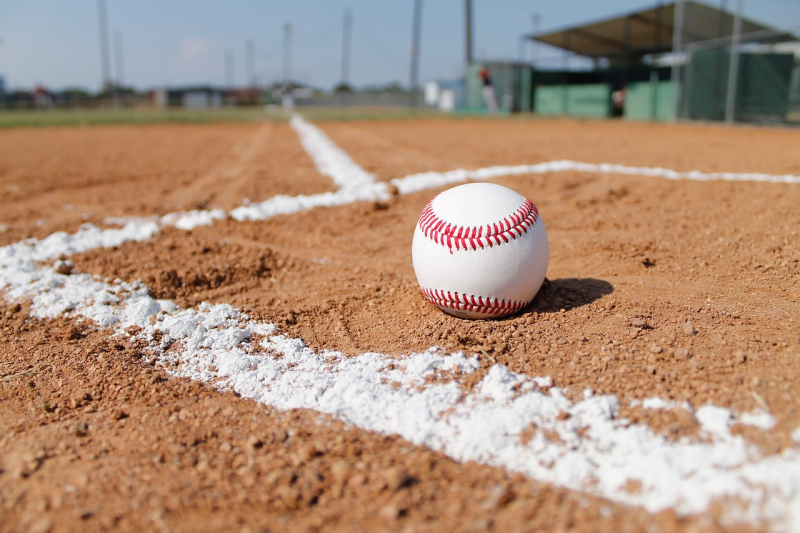
nytimes.com 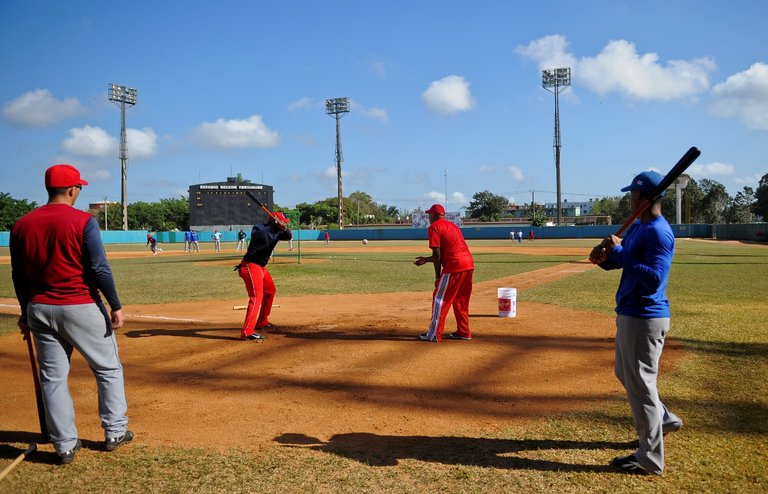
nytimes.com -
The main tobacco product is the Cuban cigar, which is known across the globe as the gold standard of cigars and is hence an important export, which is one of the Things About Cuba You Should Know. Sugar is exported both raw and in the form of several rums produced on the island. In terms of nickel, it is estimated that Cuba still holds approximately five million metric tons of deposits. After Indonesia, Australia, Brazil, and Russia, the country is ranked fifth on the globe. The majority of the nickel is exported and used to create stainless steel and other alloys.
Cuban cigars are cigars produced in Cuba using tobacco farmed on the island. Historically recognized as among the world's "finest," they are synonymous with the island's culture and account for about one-quarter of the country's total export value. The filler, binder, and wrapper can originate from anywhere on the island, but the majority is produced in Pinar del Ro province, the regions of Vuelta Abajo and Semi Vuelta, and farms in the Viales region. Cubatabaco, a state-owned company, controls all cigar manufacture in the country. The Cuban cigar is also known as "El Habano."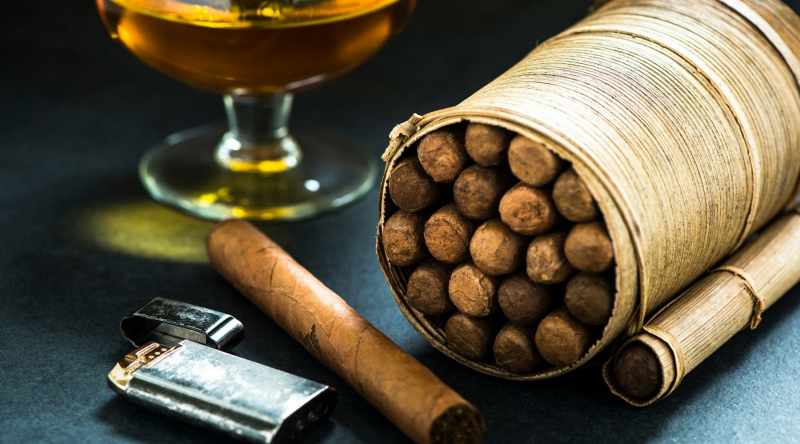
seriousfacts.com 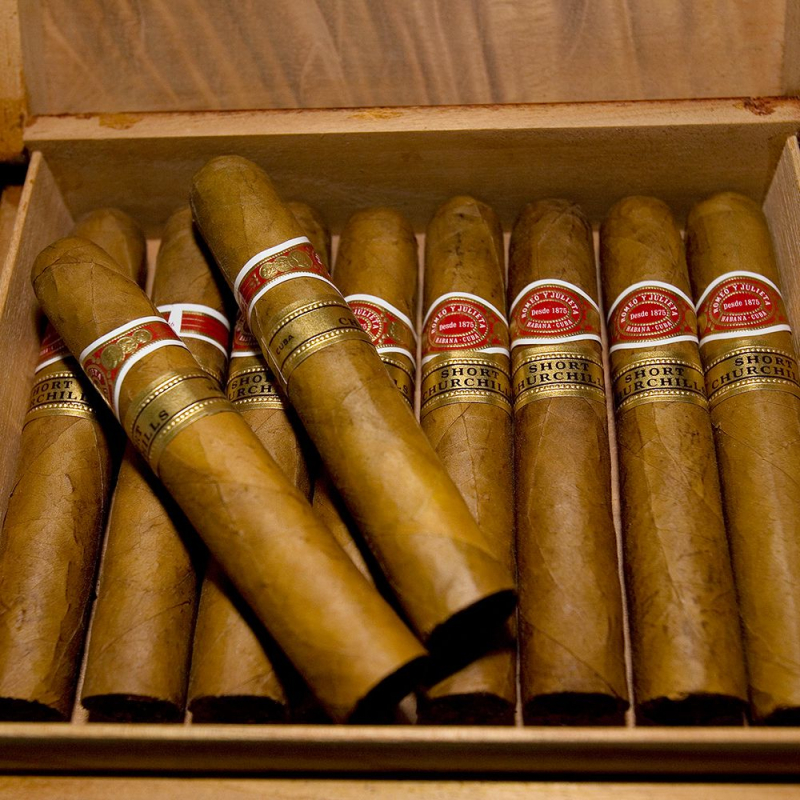
seriousfacts.com -
Two UNESCO World Heritage sites in Cuba were recognized for their ecological significance. One is Alejandro de Humboldt National Park, which is located on the island's east coast and is known for its indigenous flora and fauna as well as its complicated lithology. The other is Desembarco del Granma National Park, which is located in the island's east and is known for its sea cliffs and limestone marine terraces.
Seven UNESCO World Heritage Sites were selected for their cultural significance. Old Havana (Habana Vieja) was the first Cuban monument to be listed as a UNESCO World Heritage Site, and it is noteworthy for its historic architecture and complete defenses. The Viales Valley, located in western Cuba, is famous for its traditional farming practices. The historic town centers of Cienfuegos, Camagüey, and Trinidad in central Cuba have all been designated by UNESCO. The latter got its designation in conjunction with the neighboring Valley of the Sugar Mills (Valle de los Ingenios), three connected valleys with several surviving historic structures, including several "barracones" where slaves were held. The Castillo de San Pedro de la Roca, a 17th century stronghold near Santiago, is located in eastern Cuba. Finally, there's the "Archaeological Landscape of the First Coffee Plantations in Cuba's South-East." The term is self-explanatory; there are some preserved vestiges of nineteenth and early twentieth century coffee farming practices.
It is also worth mentioning that three Cuban monuments are on the "tentative list" for UNESCO World Heritage designation. The National Art Schools (Escuelas Nacionales de Arte) in Havana, the Zapata Swamp (Ciénaga de Zapata) 100 miles southeast of Havana, and a location tentatively described as "Reef System in the Cuban Caribbean" are among them. The latter site encompasses a 500-mile cluster of several biologically related marine-coastal habitats on Cuba's southern coast, including various portions of coral reef.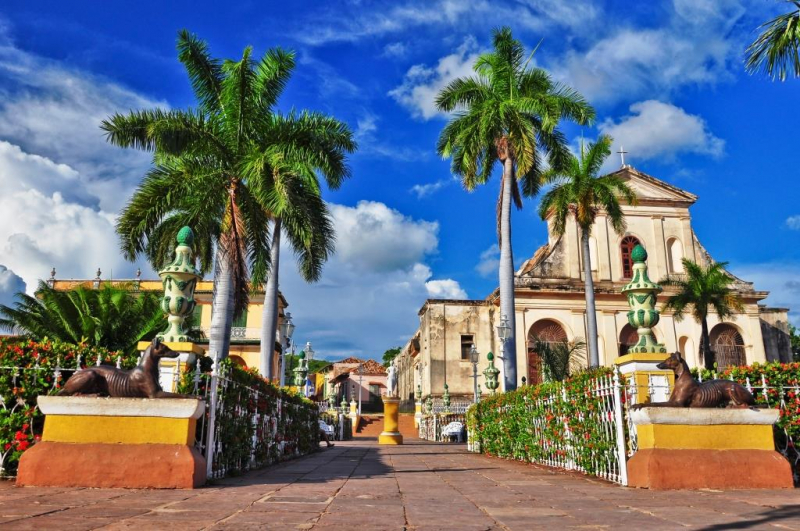
caledoniaworldwide.com 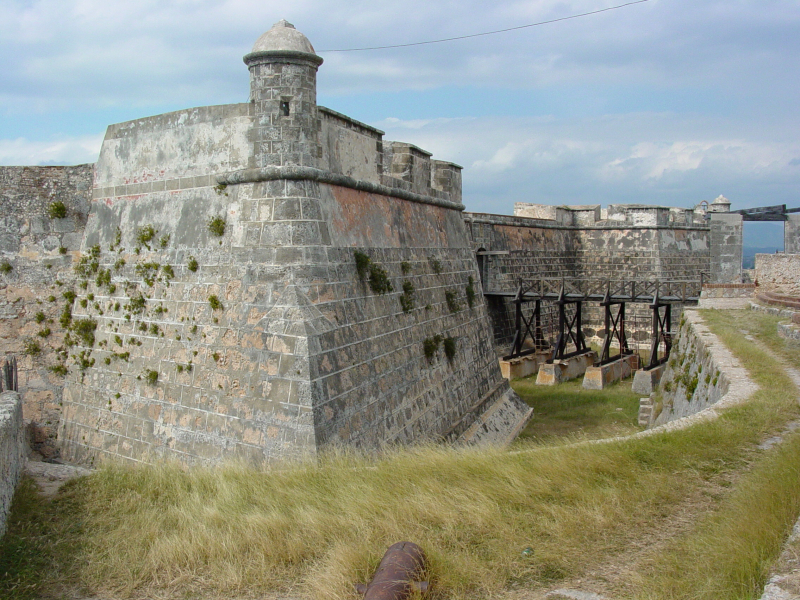
caledoniaworldwide.com -
The Cuban economy is unique in that it employs two currencies in the same country, that is one of the Things About Cuba You Should Know. The Cuban Convertible Peso (CUC) was one of Cuba's two legal currencies, and it was the currency most commonly used by travelers. This is due to the elimination of the dual currency system in Cuba on January 1st, 2021, when the Cuban Peso (CUP) became the sole national currency. Locally, the Cuban Peso is known as the "Peso Cubano," "Moneda Nacional," or simply "MN." It is utilized by both locals and visitors. The Cuban Convertible Peso (CUC) was one of Cuba's two legal currencies, and it was the currency most commonly used by travelers.
However, there are a few outliers. Please read the following information carefully to prevent unpleasant surprises. Some all-inclusive hotels and resorts will not take cash in Cuban pesos. Non-covered services or items, for example, are priced in Cuban Pesos in all-inclusive resorts, but you can only pay with a credit card! While completing the transaction, they will swap your local currency into Cuban pesos at the official exchange rate. When renting a car in Cuba, you must pay in foreign currency and you cannot pay in cash! When leaving the nation, you must use your local currency to get through airport security.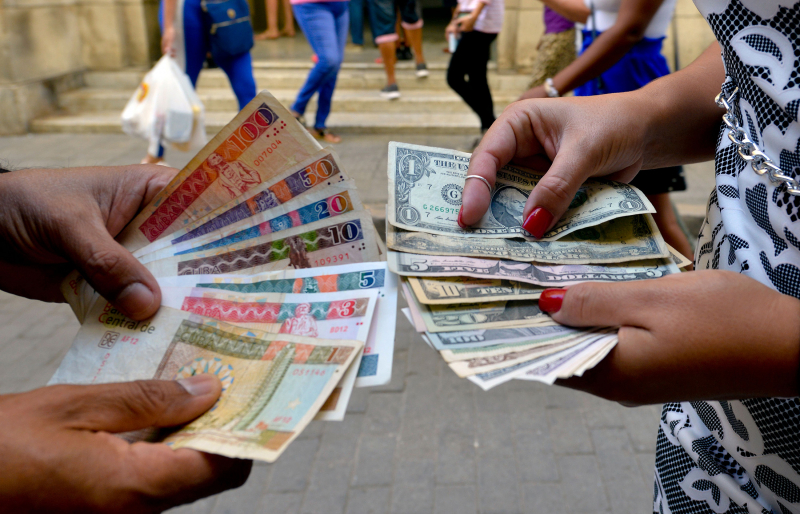
dw.com 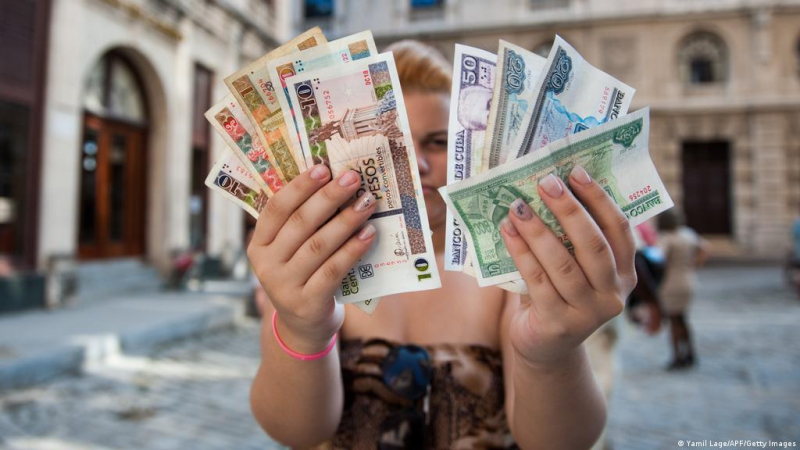
dw.com -
This is one of the fascinating facts about Cuba that visitors should be aware of. You may realize that motels are tough to find while reserving your accommodations. While there are a handful, most are pricey and will not provide you with a local experience. Alternatively, People is advised arranging a casa particular ("private house"), Cuba's equivalent of Airbnb. The majority of them are government-licensed and geared to welcome international visitors. Best of all, you'll get the opportunity to stay with a local family, eat homecooked meals, and get a sense of what daily life is like in Cuba.
Casa particular (Spanish for "private house"; plural casas particulares) is a word in Cuba that refers to private housing or private homestays, comparable to a bed & breakfast but also taking the form of a vacation rental. When the meaning is apparent, the phrase is frequently abbreviated to just casa. Best of all, Cubans may supplement their monthly income by renting out their homes at a reasonable fee (see below). You may feel good about helping the community by staying at a casa especial.
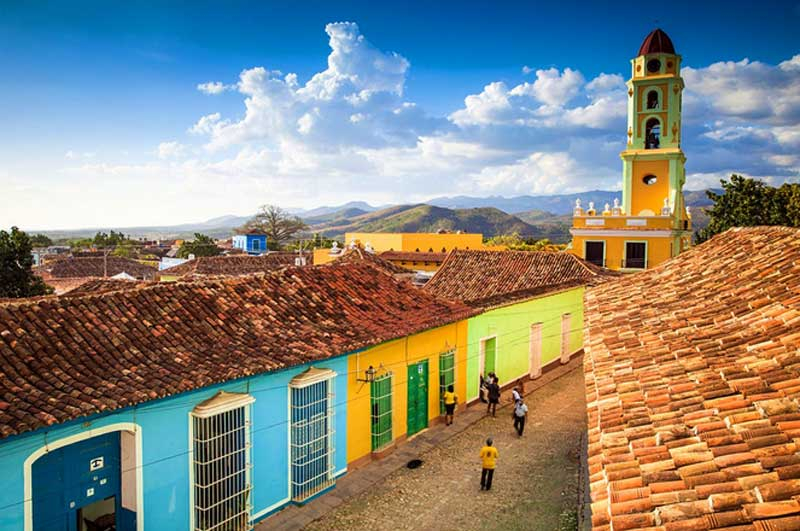
easybookingcuba.com 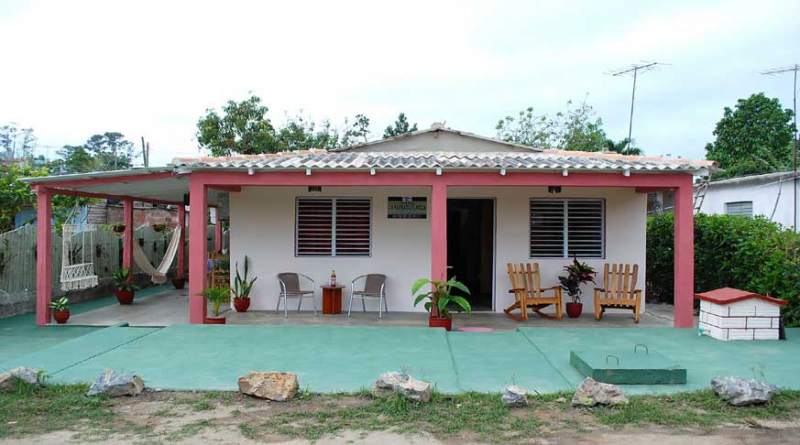
easybookingcuba.com -
Cuba is famous for its old cars. That is one of the Things About Cuba You Should Know. Renting a beautiful antique automobile and cruising through Havana is one of the most popular things to do in Cuba, particularly in the capital. However, automobiles were not always a tourist draw. Cuba was not permitted to import any foreign automobiles until 2011, and as a result, antique cars became a symbol of the country. One of our favorite fascinating facts about Cuba is the old vehicles!
If you collect old cars, Cuba is the best spot on the globe. It's like a giant car show, with cars from the 1940s and 1950s cruising the streets and roads. Chevrolets, Fords, Pontiacs, Buicks, Dodges, Plymouths, and Studebakers are all available. The cars range in condition from pristine to downright derelict. The exteriors of well-preserved automobiles are gleaming with chrome and new paint jobs, while the worst-off vehicles are kept together with strange bits of scrap metal.
whynotcuba.com 
whynotcuba.com










